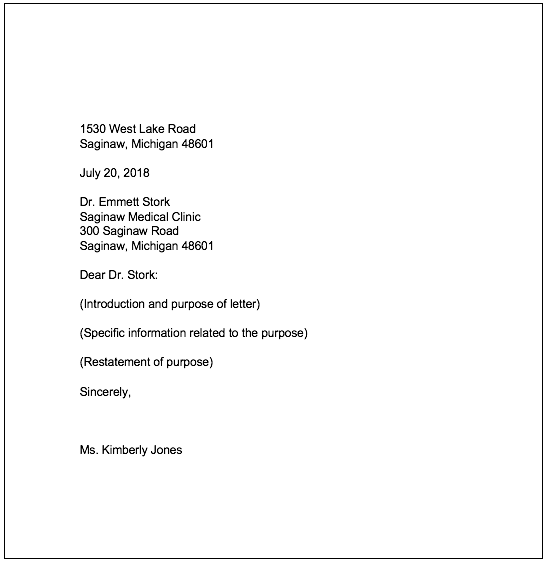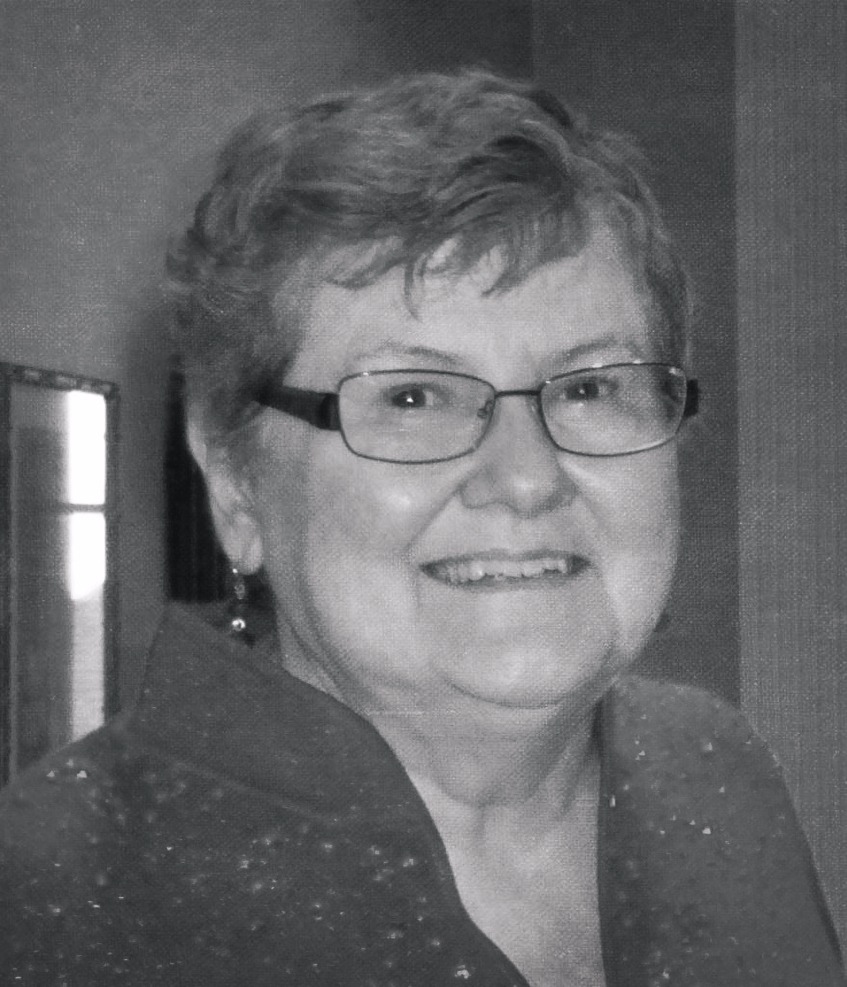Letter Writing, A Dying Art: Part One
In high school, I took some business classes that proved beneficial in many ways, particularly when it came to landing summer jobs. I took bookkeeping, shorthand, and typing, and the latter included learning formats for correspondence such as letters or memos. Today, keyboarding classes start around fourth grade and are limited to just learning the QWERTY keyboard. Emails have supplanted paper correspondence in many instances, and I wonder if there is any class that still teaches how to write a formal letter. We still need the skills for many situations such as providing a cover letter to a proposal or application (whether it’s online or paper), asking for permission or information, resigning from a job, or presenting a complaint. Some professionals write formal business letters on a regular basis, such as lawyers and bankers, among many others. It is worthwhile to review the format of a formal letter to ensure that your skills are current.
Three formats for a business letter are block, modified block, and semi-block. Block style justifies all content items to the left side of the page; modified block leaves everything except the date and the closing at the left margin, and the date and closing begin at the center point of the page; and semi-block is like modified block except the beginning of each paragraph in the body is indented. For simplicity’s sake, this blog will discuss the most common, a block format. The parts of the letter are the sender’s address, the date, the inside address, the salutation, the body, and the closing.
Sender’s Address: Include this only if you are not using formal letterhead paper. It doesn’t include your name, just the address, and it starts two inches down from the top of the page.
Date: Some writers put the date directly below the sender’s address, but many sources suggest putting one space between the two. Write it out: Month Day, Year (g., July 20, 2018).
Inside Address: Include the name of the recipient, his/her position (g., President, General Manager), the name of the company and that person’s address. Begin with Dr., Mr., Mrs., Miss, or Ms. (if you don’t know if the woman is married or what she prefers as a title). The inside address should have one space between it and the salutation.
Salutation: If you don’t know the person, use the title and last name (g., Dear Ms. Watson:); otherwise, you can use just a first name (e.g., Dear Sue:). Begin the salutation with “Dear” and end with a colon as in the above examples. It is important to find out who will be reading the letter and use a name rather than “Dear Sir/Madam” or “To Whom It May Concern.” Put one space between the salutation and the body of the letter.
Body of the Letter: Most letters have a minimum of three paragraphs – an opening paragraph that states the purpose for writing, a paragraph that explains the purpose with concrete examples, and a closing paragraph that restates the purpose. Double space between paragraphs, and there should be one blank line between the body and the complimentary closing.
Complimentary Closing: The use of the word “Sincerely,” works for most purposes, but you may want to fine tune that to match the tone of the salutation. For example, if you use a first name in the salutation, you may choose to use “Best regards” or “Kind regards.” Capitalize only the first word of the closing and follow the closing with a comma. There are three blank lines before you type in your title (Dr. or Mrs.), name, and position (if you have one) to allow space for a signature.
The basics of letter writing are simple. There are certainly more details that one could include such as the subject line, a copy notation, or an enclosure line. Also, you can include more sender information such as your email or phone number. The use of these and other format suggestions, as well as tips for writing the body of the letter, will be the subject of Part Two.
Sample Letter:


Diane Repass is a retired tenured assistant professor
from The University of Dubuque and now a beloved
writer for Plaid Swan Inc. She received her M.A. from
The University of Northern Iowa in Cedar Falls, Iowa.

